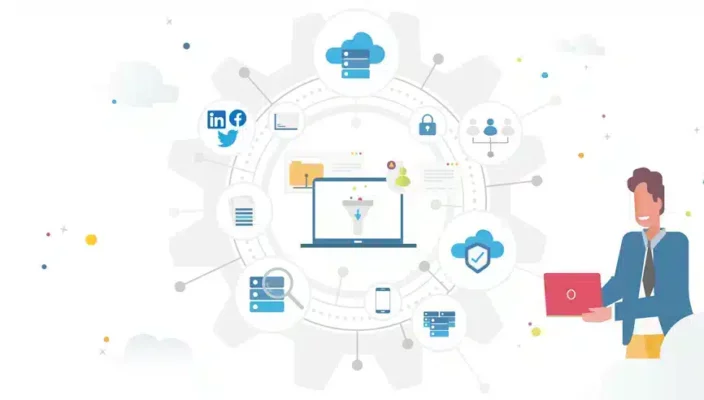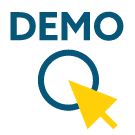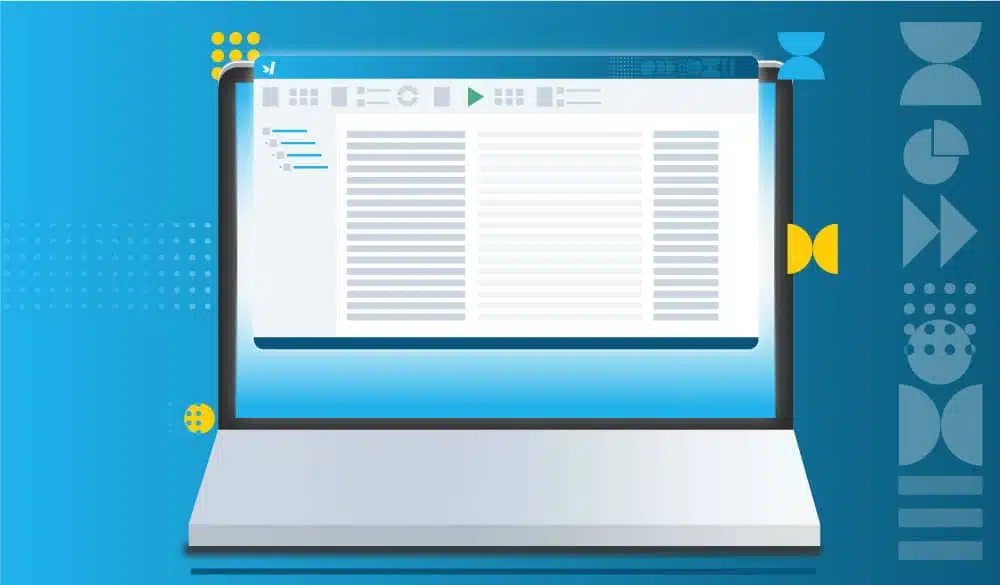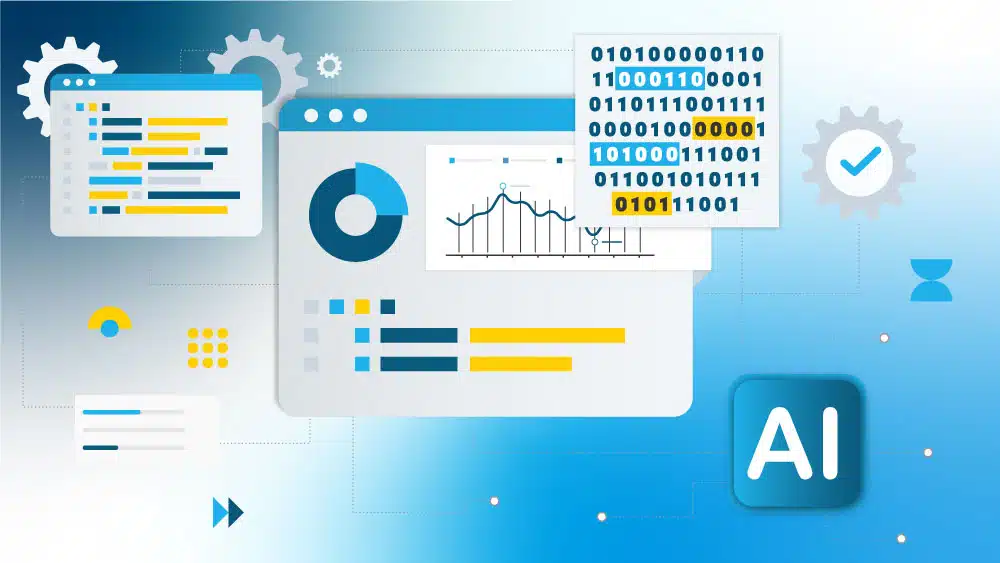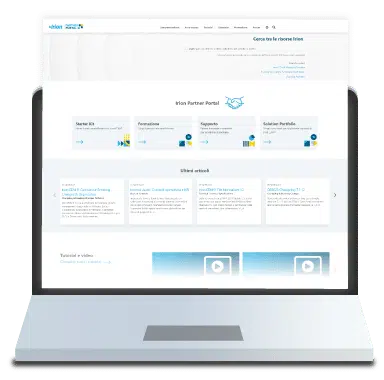A modern company’s data is a fragmented universe: it resides on cloud or on-premise management applications, data lakes, dozens of legacy systems and spreadsheets that are often beyond IT’s control. Against this backdrop, how can you gain reliable insight and accelerate migrations and digital transformation projects? And how to train effective Generative Artificial Intelligence models?
The cost of missed or poor integrations is measurable: Gartner estimates economic damage (on average) of $12.9 million annually in companies with poor data quality; in enterprise contexts, a downtime caused by system failure can cost $5,600 per minute. IDC also states that “data silos” and inefficiencies erode revenues by up to 20–30%.
The answer often lies in a discipline that is as historic as it is crucial today: data integration: no longer just a technical process for “moving data,” but the strategic backbone for transforming distributed and inhomogeneous data into a cohesive, accessible and governed information asset. Without robust integration strategies, any analytics or AI project is doomed to rely on incomplete and unreliable information. And critical processes such as accounting closures or reporting are likely to fail.
In February 2025 Irion was cited by Gartner among example technologies in the “Reference Architecture Brief: Data Integration.” Interest in this discipline has been steadily rising over the past 5 years at Google (up 87% since last year) on the back of Gen AI and new architectures for Data Management.
Indeed, in 2025, Data Integration is no longer just ETL/ELT: modern architectures combine APIs, events, stream processing , and data virtualization with governance based on active metadata. The goal is to enable reusable, observable, low-latency pipelines ready to feed analytics and AI in a traceable way.
Integrating data, why it is critical (six reasons)
For DAMA International (DMBOK2®), data integration describes the processes related to moving and consolidating data within and between data stores, applications, and organizations. In simpler words, it is the set of all those actions required to unify different information sources in order to create a single view of a given process.
With hundreds or thousands of databases in one’s systems, efficiency in data transfer is imperative, but on its own it is no longer sufficient in the age of digital transformation: it is necessary to know how to manage structured (internal or derived from external sources) and unstructured (e.g., data coming in from social) data flows pouring in from seemingly endless sources. Integration consolidates data into consistent physical or virtual forms to meet the “usage” requirements of all business applications and processes.
Integrating data is critical for at least six big reasons:
- Manage, process, compare, and enrich different types of data with each other in order to develop advanced analyses from which to extract new knowledge
- Have data securely, in accordance with regulations, in the required format and time frame
- Decrease costs and complexity in solution management, unify systems, and improve collaboration
- Search for hidden patterns and relationships between different sources
- mapping the data lineage
- In the case of business mergers, migrate data or merge information systems
Data Integration is now an essential prerequisite for Data Warehousing, Data Management, Business Intelligence and Big Data Management and overcomes the “old” silo approach, when IT departments managed information separately for each business function. Among the data to be integrated we have those:
- structured and stored in databases,
- of unstructured text in documents or files,
- other unstructured types such as audio, video and streaming
By now it is clear: more than volume, the value that can be extracted from Big Data comes from the correlation of a variety of sources, types and data formats. However, the management, integration and governance of heterogeneous data is a daily challenge that many companies still face suboptimally.
ETL vs. ELT: the 10 limitations of the traditional approach
There are multiple techniques used to achieve integration between the different types of data mentioned above including ETL (Extract, Transform, Load) which is certainly the most popular in recent decades and ELT which reverses the last two activities to achieve greater functionality, overcoming the limitations of the traditional approach.
The ETL involves three stages:
- Step 1-Extraction: this process involves selecting the required data from a source or several sources. The extracted data is then organized in a physical data store on disk or memory.
- Phase 2 – Transformation: data are transformed according to a set of rules to fit the data warehouse model or operational needs, typical examples of transformations are format changes, concatenations, elimination of null values, which could lead to incorrect results during analysis or changing the order of data elements or records to fit a defined pattern.
- Phase 3 – Loading: this phase consists of storing or physically presenting the result of the transformations in the target system. There are two different types, i.e., we speak of loading in batch mode, in which the data are entirely rewritten by replacing the previous ones, or in periodic incremental mode by which only changes that have occurred since the last loading are detected and entered into the data warehouse.
However, this system in its application over time has shown some limitations:
- an increasing complexity of orchestrating transformation pathways
- imposing a detailed description of the process does not allow for optimizations of processing, either because of the current distribution of data or as a result of software improvements
- Is not autonomous in terms of functional potential and must often rely on external support systems
- The need to proceed by other means and by uncoordinated routes to establish tables, views, and various supporting infrastructure
- The cost and time overruns of implementation
- The lowering of processing performance
- The growth of maintenance and change management costs
- The impossibility of parallel and coordinated cycles of testing and development
- The almost complete impossibility of documenting and tracking processes, so much for the requirements of lineage and repeatability
- moves significant masses of data over and over again from staging areas to processing servers and back again; it does not perform the processing logic where the data reside, but moves gigs of data where it knows how to perform the functional transformations.
ELT aims to overcome the “disadvantages” of ETL. The order of steps varies in Extract, Load, Transform: Transformations occur after loading onto the target system, often as part of the process. ELT, in essence, allows source data to be instantiated on the target system as raw data, which can be useful for other processes. Changes then occur on the target system. It has become widespread in Big Data environments, where the ELT process loads the data lake.
This “phase change” realizes some benefits, the main ones being:
- Quickly analyzes large data pools and requires less maintenance
- is a more economical process, as it takes less time in loading data because it involves loading and transforming data into smaller pieces, makes project management easier
- Uses the same hardware for processing and storage while minimizing the additional cost of hardware
- Can process both semi-structured and unstructured data
Why Irion EDM is the platform for large-scale data integration
Irion EDM® takes a declarative approach that reduces orchestration complexity and makes flows more transparent and governable. With proprietary DELT® (Extract-Load-Transform on Declarative Model) technology, rules are expressed at the level of what needs to happen, not how to implement it: this speeds releases, facilitates parallel testing and limits manual intervention, with immediate benefits on time-to-data and maintenance.
The platform is metadata-driven: metadata is not just cataloged, but active and powers automation, lineage, and end-to-end quality controls. Thanks to EasT® (Everything as a Table) each source is exposed as a virtual table, unifying heterogeneous formats (file, DB, API, SAP, etc.) for implicit mappings and transformations, without having to add layers of ad hoc code. With IsolData®, processing takes place in isolated, ephemeral workspaces, avoiding unnecessary application persistence and reducing data movement.
Extensive connectivity (on-prem and multi-cloud), native multi-role collaboration (IT, data analyst, data officer), and the use of standard SQL that lowers the adoption threshold and protects skill investments complete the architecture. The result is scalable, traceable and compliant Data Integration: fewer copies, more control over the data lifecycle, complete lineage and performance consistent with the requirements of regulated industries and “data-intensive” loads.
From manufacturing to finance: 3 Irion case studies
Three projects show how Data Integration solutions built with Irion EDM enable large-scale migrations, planning and reclassifications, presiding over Data Governance & Quality and dramatically reducing time and risk.
- Migration to SAP S/4HANA (manufacturing): integration and reconciliation of heterogeneous sources, reusable templates and automated controls. Reduction >80% of data recovery time and >70% of manual interventions; end-to-end governance and go-live risk mitigation.
- Budgeting & Forecasting (banking): integration of actuals, drivers and user inputs; simulation of scenarios and top-down/bottom-up allocations; certification and controlled publishing in target systems. Reduces preparation time and errors, increasing traceability and collaboration between functions.
- Accounting reclassification (banking) engine: DI + DQ + MDM pipeline with normalization and enrichment to multiple destinations. Manage over 100 tables and ~400 million records under cut-off constraints, with full lineage and automated quality checks.


